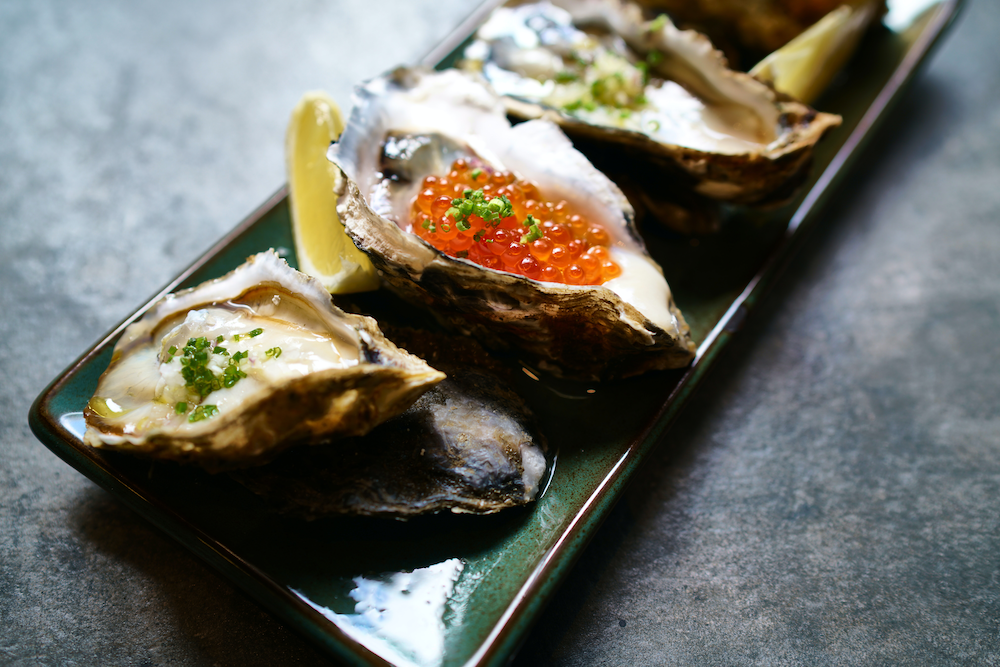“Buy local.” This sustainability refrain has become so common it’s now part of our vernacular—and with good reason. Buying local tends to strengthen local economies and minimize pollution by cutting out transporting food over long distances.
But, where fish and seafood are concerned, buying local is often not always the most sustainable choice.
Sourcing the right fish and seafood is a task that requires research and critical thinking. As a seafood eater, in order to buy local—sustainably—you have to know which fish species are being caught with the correct gear and no bycatch, which is not always possible. So here are five ways to supplement your diet with non-local, sustainable seafood choices:
- Purchase sustainable and traceable tinned or canned fish.
As you probably know by now, I’m a huge advocate of tinned and canned fish. I promote stocking up on it in your Sea Pantry for several reasons. In addition to being a great (and easy) source of protein, omega-3s, and calcium, tinned and canned fish don’t have to be refrigerated, which means they take less energy to keep. And, because they’re usually individually portioned, you are much less likely to produce food waste when consuming them.
Since tinned and canned fish can come from all over the globe, be sure the fish you are eating is traceable. If the fish is certified by the Marine Stewardship Council (MSC), you can be sure it was wild-caught to the highest sustainability standards. If certified by the Aquaculture Stewardship Council, it’s been sourced from the most environmentally responsible farms in the world!
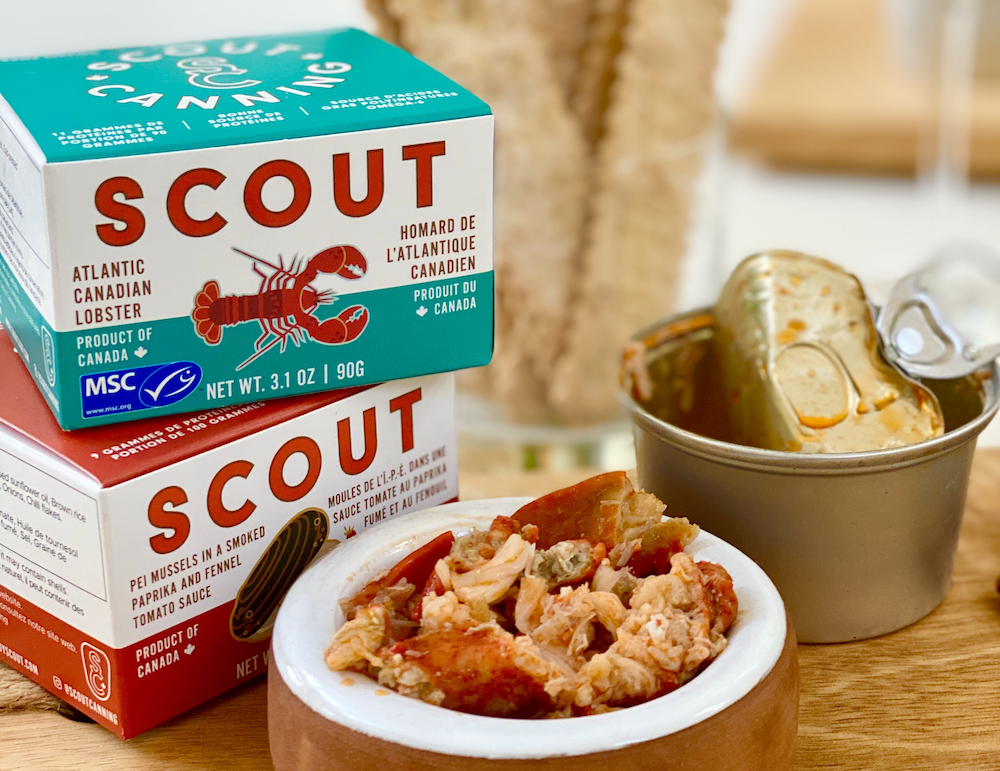
2. Frequent shops and restaurants that support sustainably reared or caught fish and seafood.
How can you tell if a shop or restaurant supports sustainable seafood farming and fishing practices? Usually, they’ll tell you! Businesses making sustainability commitments will often forward-face them on in-store signage and in their marketing materials. Often, they’ll call out certifications on product labels or make specific recommendations in menus. But if you don’t see these telltale signs, you can always call a business and ask about sourcing before your visit. Even if their answer disappoints you, the call won’t be wasted—the more businesses are questioned about their commitments, the more likely they are to start making changes.
Still not sure where to start? You can look through the businesses and chefs that have collaborated with Seafood Watch to make ocean-friendly seafood choices and do your part to help improve the industry!
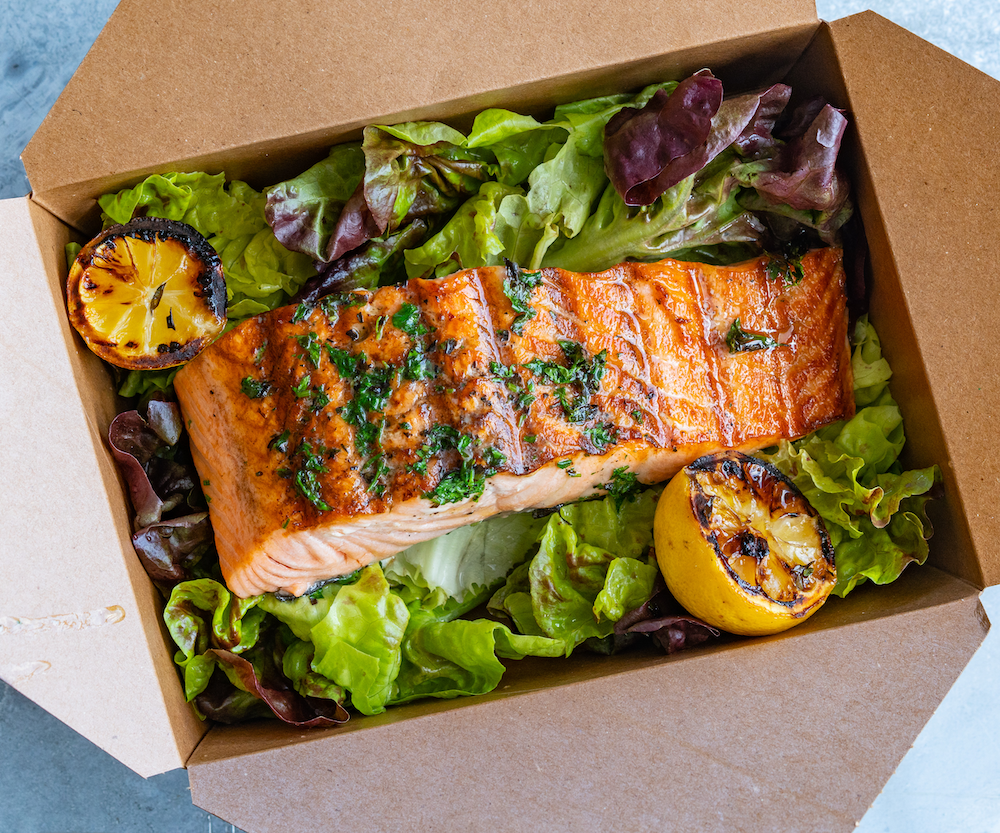
3. Research and support farmers who meet high standards for sustainably raising seafood.
If you’re a little bit of a nerd like me, you can do some basic internet sleuthing to discover and support farmers who have high sustainability standards for raising seafood. One of the best is Kvaroy Arctic, a Norwegian salmon farm maintaining a level of sustainability practice that goes beyond official standards and producing truly delicious fish along the way.
Once you find your favorite farmers, the best thing you can do is consistently support them. You can do this by purchasing their product, educating yourself on what they do and why they do it, and by sharing your knowledge with others, whether in-person or on social media. We need more sustainable seafood champions out there spreading facts and engaging in respectful dialogue about aquaculture!
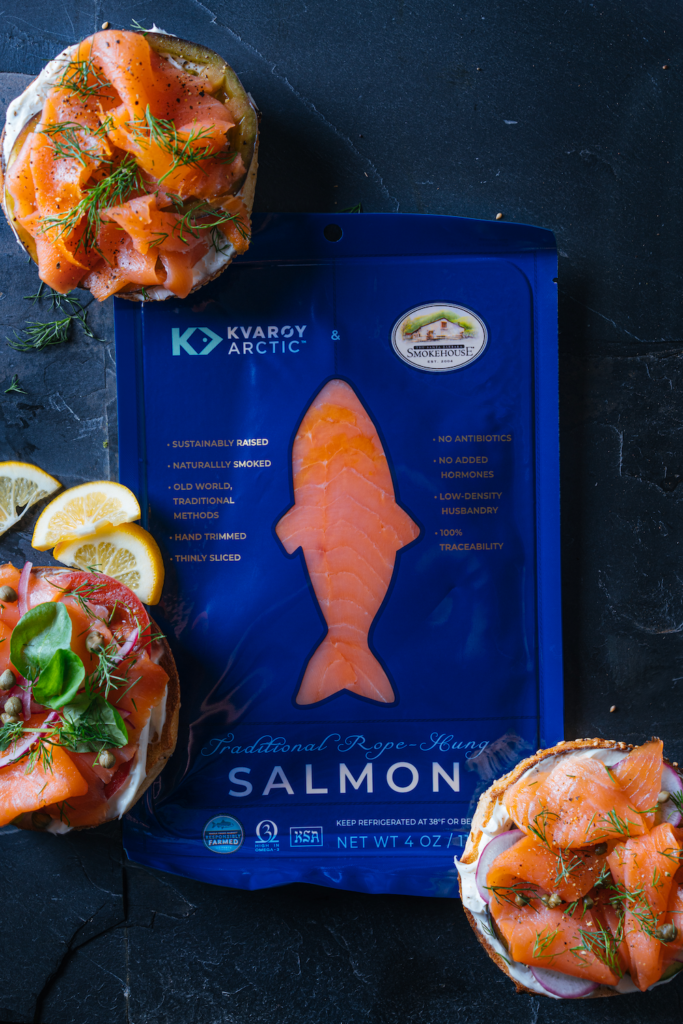
4. Support U.S.-reared or harvested fish.
The Magnuson-Stevens Fishery Conservation and Management Act is one of the most important pieces of legislation protecting wild stocks of fish and seafood in U.S. waters. Its goal is to conserve and sustain U.S. marine fisheries while supporting the people and communities that rely upon them.
Under Magnuson-Stevens, the NOAA Office of Sustainable Fisheries has kept up the Fish Stock Sustainability Index, a quarterly report measuring the performance of U.S. fisheries since 2005. The index score increases when a stock’s status improves (i.e., the stock is no longer overfished and the size of the stock has hit at least 80% of its target). As of 2020, the index shows that Magnuson-Stevens is working and we are continuing to make progress on protecting wild stocks of fish in the U.S. That’s good news because, chances are, if you’re sourcing wild-caught fish from U.S. waters, it will be sustainably reared and harvested.
Though sustainable aquaculture is a smaller piece of the pie in this country (the U.S. only ranks 17th in aquaculture production worldwide, according to NOAA Fisheries), progress is being made on this front as well. Small farms with a commitment toward sustainability are not only producing high-quality seafood, but restoring native species to depleted areas. When possible, be sure to support these farms as well, even if the source isn’t technically local to you.
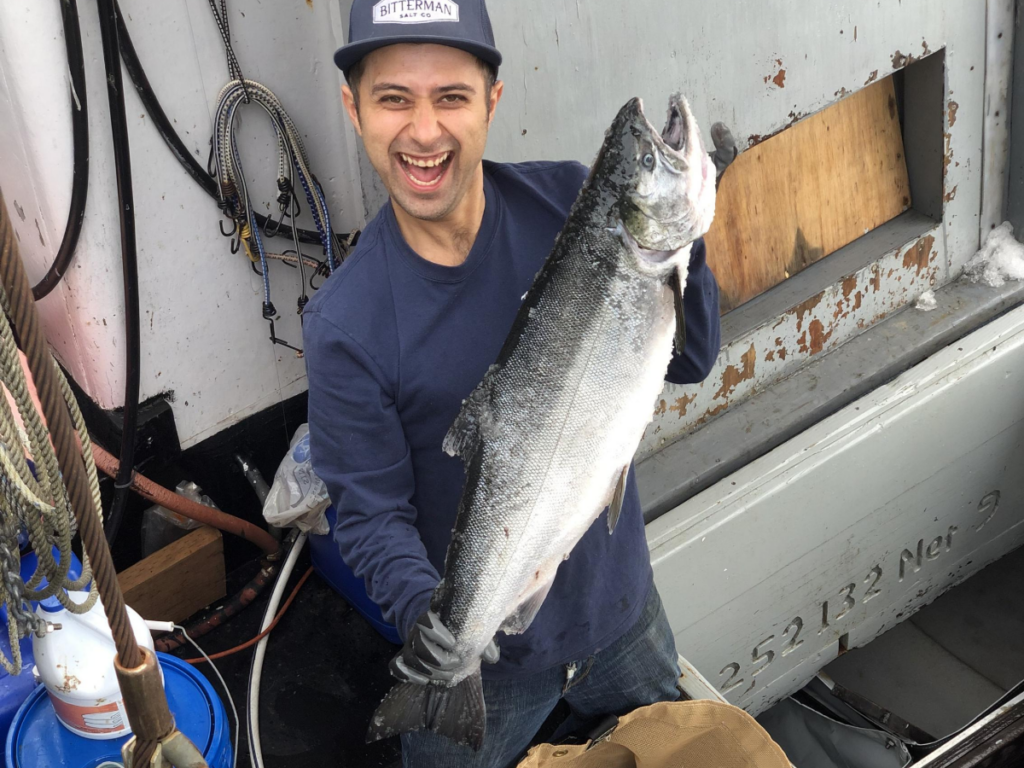
5. Buy frozen.
If I’ve said it once, I’ve said it 1,000 times: frozen is the new fresh. Buying frozen fish means you not only waste less, you also lower your carbon footprint. Flying fresh fish is much more damaging to the environment because it has to be air-freighted. Container shipping, on the other hand, is one of the most efficient and sustainable ways to transport food, and frozen fish can be container shipped. Additionally, because flying fresh fish is extremely expensive, by supporting best-in-class frozen programs, you’ll get a more sustainable and more budget-friendly meal.
I hope I’ve helped debunk the myth of “buying local” when it comes to fish and seafood. As is usually the case, the reality of the sustainable seafood industry is much more nuanced than people tend to portray it. Empower yourself to do your own research and make educated choices about where to source your fish. I’ll be here to help along the way!
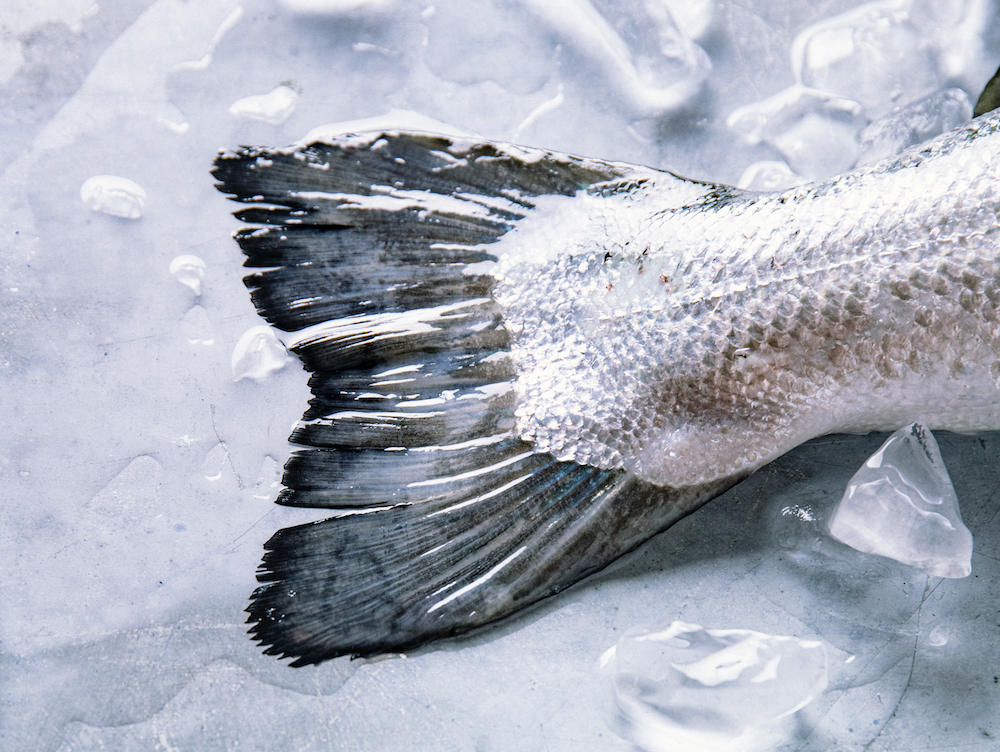
If you’d like more help sorting through the sometimes confusing fish and seafood options, we have today, check out my previous blog post, How Do We Unite the Divided World of Seafood? And, as always, if you have questions or comments, feel free to drop me a line at [email protected].

